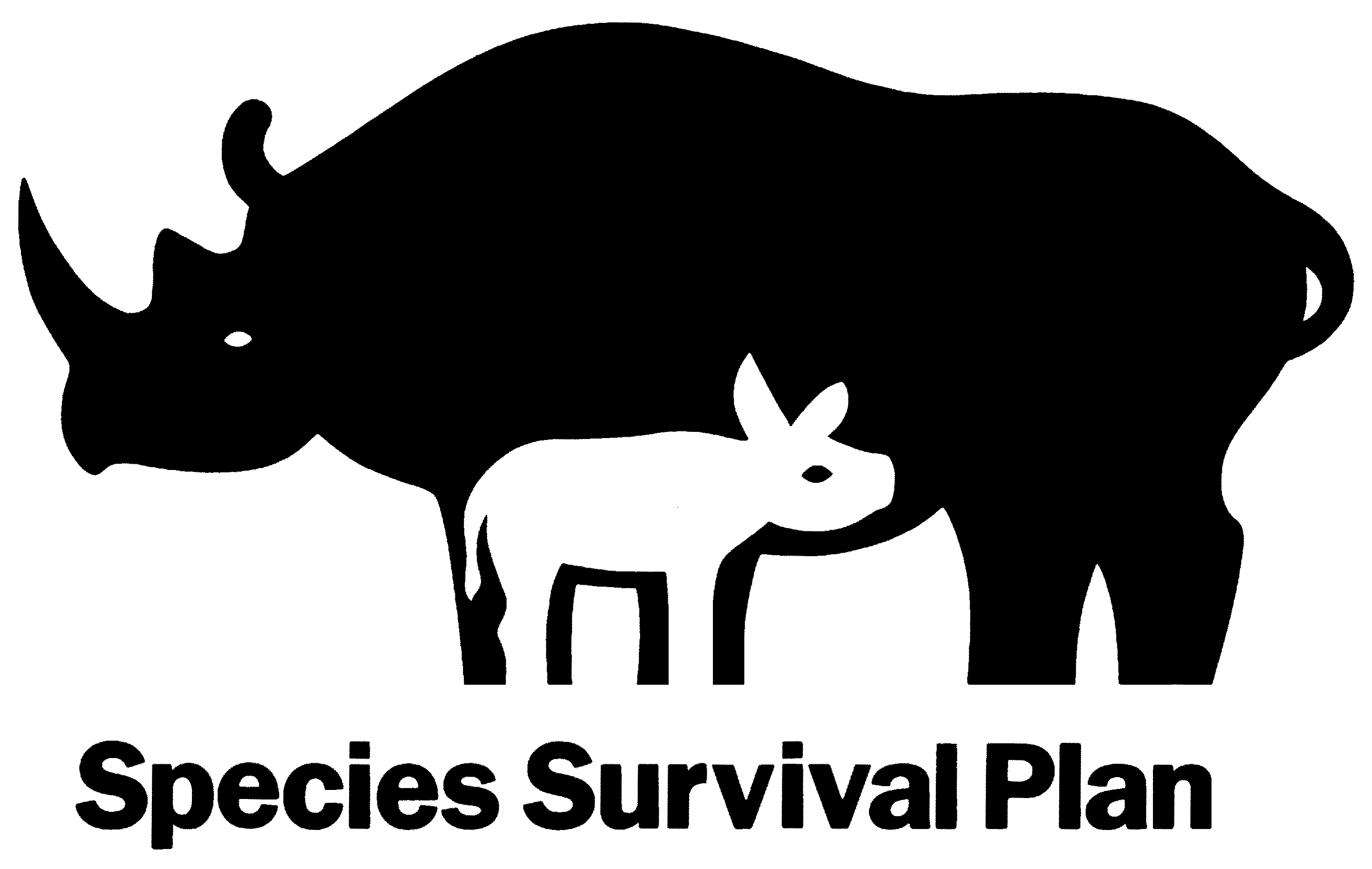FUN FACT
Vietnam Pheasants are a dimorphic species. This means the male and female have different markings to easily tell them apart. Male Vietnam Pheasants are known for having bright and even metallic blue feathers and a white crest (a group of feathers on the top of a bird’s head). This coloring helps them to attract mates. Female Vietnam Pheasants are a dark, chestnut shade of brown, perfect for blending into a forest setting, and do not have a crest.
The Vietnam Pheasant, also called the Edwards’s Pheasant, is a little-known species which may be Extinct in the Wild. It has not been observed in the wild since 2000 and is currently listed as Critically Endangered. Much of the species’ potential habitat was destroyed as a result of herbicide use during the Vietnam War, and subsequent logging and clearing of land for agriculture further contributed to the loss of suitable habitat. Hunting has also been a problem for the species.
The Vietnam Pheasant is considered by many to be the most endangered of all pheasant species. An elusive bird not seen in Central Vietnam’s dense, evergreen forests since 2000. While it’s is currently listed by the International Union for Conservation of Nature (IUCN) as Critically Endangered, but many believe the species could be Extinct in the Wild.

